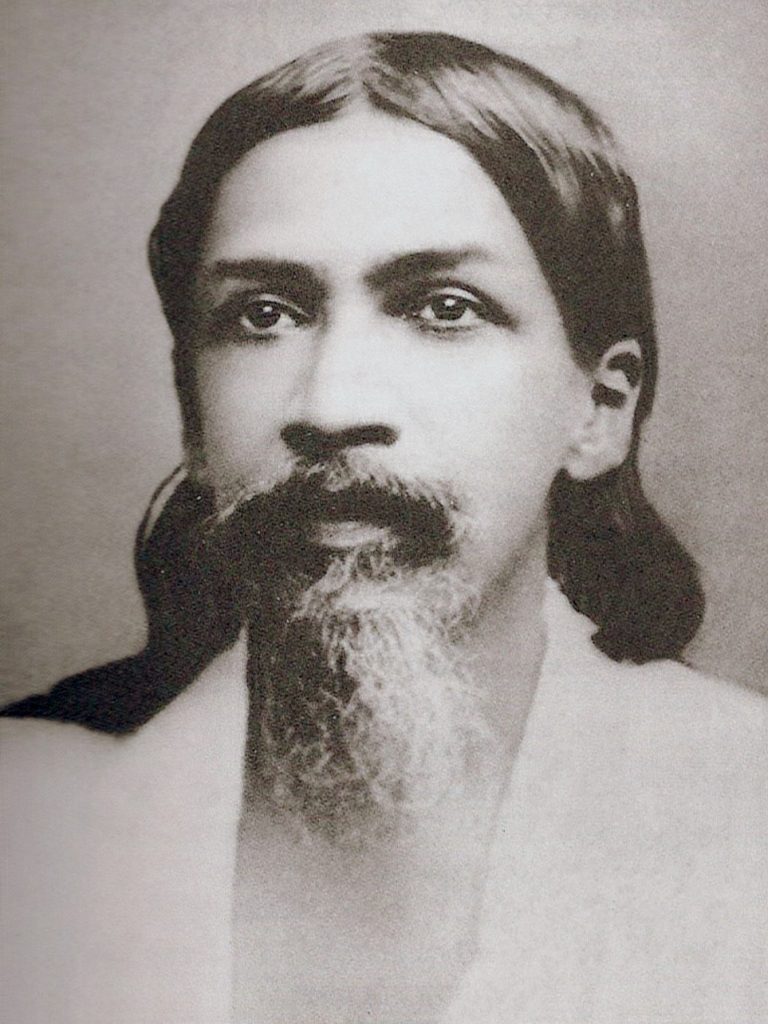Contents:
- FAME India Scheme
- Sri Aurobindo
FAME India Scheme
Focus: GS III- Indian Economy (Infrastructure)
Why in News?
Under Phase-II of FAME India Scheme, 7,45,713 Electric Vehicles have been supported by way of Demand Incentive amounting to about Rs. 3,200 Cr.
Key Points:
- The Government notified Phase-II of Faster Adoption and Manufacturing of (Hybrid &) Electric Vehicles in India (FAME India) Scheme for a period of five years commencing from 2019.
- This phase mainly focuses on supporting electrification of public & shared transportation and aims to support through demand incentive 7090 e-Buses, 5 lakh e-3 Wheelers, 55000 e-4 Wheeler Passenger Cars and 10 lakh e-2 Wheelers.
- Under this scheme, incentives are provided to buyers of electric vehicles in the form of an upfront reduction in the purchase price of electric vehicles.
About FAME-II
- FAME India is a part of the National Electric Mobility Mission (NEMM) Plan. Main thrust of FAME is to encourage electric vehicles by providing subsidies.
- NEMM intends to allow hybrid and electric vehicles to become the first choice for the purchasers so that these vehicles can replace the conventional vehicles and thus reduce liquid fuel consumption in the country from the automobile sector.
- The scheme covers Hybrid & Electric technologies like Mild Hybrid, Strong Hybrid, Plug in Hybrid & Battery Electric Vehicles.
- Monitoring Authority: Department of Heavy Industries, the Ministry of Heavy Industries and Public Enterprises.
- Under this scheme, demand incentives will be availed by buyers (end users/consumers) upfront at the point of purchase and the same shall be reimbursed by the manufacturers from Department of Heavy Industries, on a monthly basis.
- Fame India Scheme has four focus areas:
- Technology development
- Demand Creation
- Pilot Projects
- Charging Infrastructure
Sri Aurobindo
Focus: GS I- Modern History
Why in News?
Aurobindo’s 150th birth anniversary will be celebrated on 13th December, 2022. The Prime Minister will be releasing a commemorative coin and postal stamp in honour of Sri Aurobindo.
About Sri Aurobindo:

- Born Aurobindo Ghose in Calcutta on 15 August 1872, Sri Aurobindo was drawn to the Indian freedom movement as a revolutionary leader.
- His father Krishna Dhun Ghose was a surgeon in Rangpur, Bengal and had sought to provide his five children English education considering British culture to be superior to Indian culture.
- In 1879, the whole family moved to England as Krishna Dhun Ghose wanted his sons to pursue the Indian Civil Service (ICS). There, Aurobindo was taught History, French, Latin, Arithmetic and Geography.
- He passed the ICS examination securing the 11th rank out of 250 candidates. He joined King’s College for the training but had himself disqualified for an exam by arriving deliberately late as he had no interest in the ICS.
- He returned to India and secured employment in the Baroda State Service with the help of an acquaintance.
- He developed a kind of Yoga called Integral Yoga. He believed that human beings can evolve further into something truly divine.
- He inspired scores of people both from India and abroad.
- Sri Aurobindo passed away on 5 December 1950 in Pondicherry aged 78.
Indian Revolutionary Movement:
- From 1902 to 1910 he partook in the struggle to free India from the British. As a result of his political activities, he was imprisoned in 1908 (Alipore Bomb case).
- Two years later he fled British India and found refuge in the French colony of Pondichéry (Puducherry), where he devoted himself for the rest of his life to the development of his “integral” yoga with an aim of a fulfilled and spiritually transformed life on earth.



